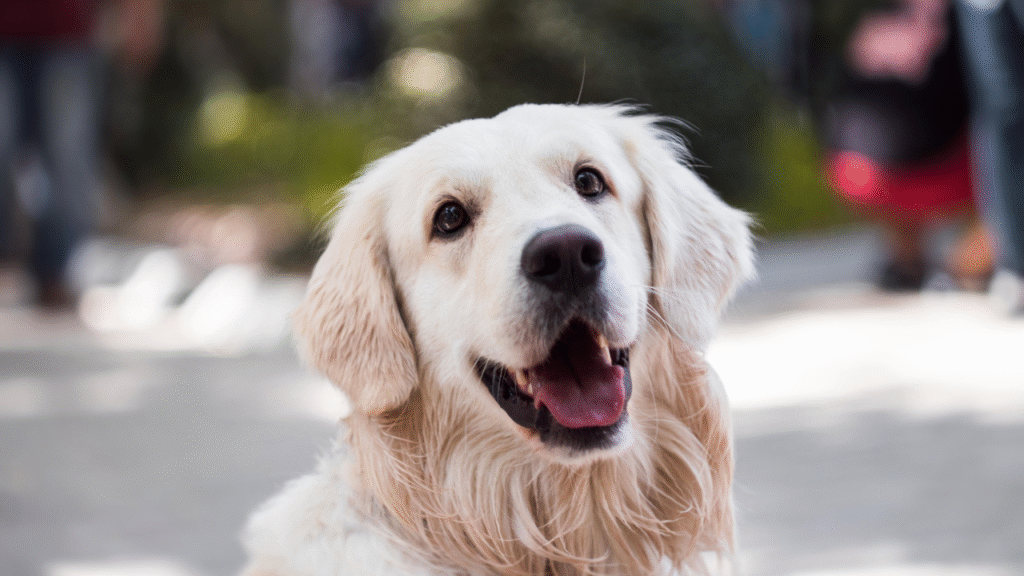Understanding Dog Body Language: A Guide to Your Dog’s Emotions
If you’ve ever wished your dog could talk, you’re not alone. But in many ways, dogs do talk—just not with words. They communicate through body language: their tails, ears, posture, and even eyes can tell you exactly how they feel. Learning to read these signals is the key to understanding your dog, building trust, and avoiding confusion or conflict.

Why Dog Body Language Matters
Dogs are incredibly observant creatures. They constantly watch our movements, expressions, and tone of voice. Just like we read their cues, they read ours. When we understand their signals, we create stronger bonds, reduce anxiety, and even prevent dangerous situations like biting or aggression.
Common Dog Body Language Signals
1. Tail Talk: Wagging Doesn’t Always Mean Happy
- High, wagging tail: Alert or confident.
- Slow wag, low tail: Unsure or submissive.
- Fast wag, whole body moving: Excited and friendly.
- Tail tucked between legs: Fearful or anxious.
2. Ears and Eyes: Windows Into Mood
- Ears forward: Curious or alert.
- Ears back or sideways: Nervous, submissive, or unsure.
- Staring with wide eyes: Threatened or defensive.
- Soft, blinking eyes: Relaxed and calm.
3. Mouth Movements: Not Just About Barking
- Panting with a relaxed face: Comfortable.
- Lips pulled back slightly, showing teeth: Warning sign.
- Yawning: Could signal stress or just tiredness (context matters).
- Licking lips or nose: Nervous or appeasing behavior.
4. Body Posture: The Overall Picture
- Loose, wiggly body: Happy and playful.
- Stiff, forward-leaning: Alert, maybe ready to react.
- Cowering or low to the ground: Scared or submissive.
- Rolling over belly-up: Trust—or submission, depending on tension.
How to Respond to Your Dog’s Signals
- If your dog is stressed or afraid, give them space and remove any triggers.
- When your dog shows confidence and playfulness, reward that with praise or play.
- If your dog displays aggressive or fearful body language, avoid punishment—it can worsen anxiety. Instead, consult a trainer or behaviorist.
Mistakes to Avoid
- Misreading excitement as aggression: Some dogs bark and jump when happy.
- Ignoring small signs of stress: Lip licking or yawning can escalate if overlooked.
- Forcing interaction: Especially if a dog’s body says “no,” such as leaning away or showing the whites of their eyes.
Final Thoughts
Understanding your dog’s body language is like learning a second language—one that deepens your relationship and helps you meet their emotional needs. With time, you’ll learn to “listen” not just with your ears, but with your eyes.








